As my meanderings take me around these green and pleasant lands, I arrive upon the palace most famously associated with Henry VIII. This is yet another day for learning. I have documented in previous blogs how Henry left more of a ‘legacy’ than the stories of his 6 wives. In breaking from Rome and the Catholic church, he redefined state religion in England and by doing so created further years of chaos, passion and war. His new-found place at the head of the church created new rules, dioceses, and instructions to build cathedrals, to destroy abbeys and the relics inside. This new country didn’t happen overnight, but you get the feeling that some of the seismic powerplays were made from his own court set deep in the heart of Hampton Court. His traumatic and chaotic reign, and his deadly pursuit of a male heir provided arguably the most well-known eras of our history. It seems to me that no one’s head was safe back then. It seems as well that there are plenty of people who are keen to write ‘faction’ based on the evidence that we have of things that took place in Tudor times. Moreover, there are plenty of people who are willing to read what has been written such is the high level of general interest in our land.
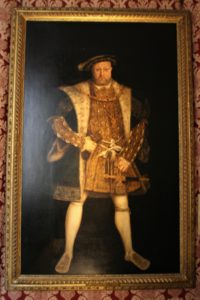
We arrived at Hampton Court in dull and dreary weather but being far from home we weren’t going to let a few raindrops spoil our visit. We bought our tickets and walked the up longish drive to the main entrance. It’s hard to believe that this was once a farm site. Its distance from the ‘city centre’ probably means that the rules that determined and regulated what was deemed to be situated in London back then made this area what we would refer to as a green belt area. The city we call London, massive in comparison to what it was back then, stretches as far as Hampton but the palace to Westminster Abbey is a distance of some 15 miles. The palace’s idyllic location on the river Thames is upstream from the more modern centre of London and raises questions in my mind as to the machinations and intrigue that belong to the creation, development and history of London itself. Surely more meanderings must take place to fully understand how our capital has been created over the centuries. On first appearance the palace didn’t look very grand, but this may have been a trick of the lack of sunlight!! As I saw it the palace itself is very basic. The gardens at another time of year would no doubt look spectacular and, of course, there is the famous maze. Perhaps it is true to say that the palace shows its age due to its basic design. Nothing is obvious at first glance that this was a palace fit for a king, and a flamboyant one at that. It is perhaps this palace’s rich history that makes it so appealing for tourists and UK based visitors alike. I mean it was the former palace to one of England’s most famous kings.
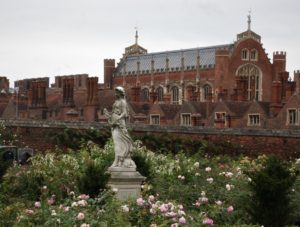
There were many colourful characters in Henry version 8.0. The first one to mention is the famous Cardinal Thomas Wolsey. What a cardinal is, I have no idea, but I know that a cardinal’s uniform back then and still to this day is a vivid red garment. Perhaps some study and a visit into a Roman Catholic church may help workout what this title means. Cardinal Wolsey rose from humble origins (he was born in Ipswich to a butcher to become the most powerful Tudor in Britain – a visit to Ipswich will show the many ways that he is celebrated including one superb statue of him on the edge of the town). He became one of the most powerful and wealthiest men of his era and had a great interest in education. They say that his college at Ipswich could have rivalled the Oxford colleges if he had not fallen from power. One of the reasons that he was the arch enemy of some was his preference to worry more about international affairs than those of a domestic nature. This created a country full of jealously but yet with international respect. His loyalty to the king was never in doubt – he kindly gave Hampton Court Palace to his majesty before his demise. Thomas had acquired it 1514, and quickly set about making additions so that he could entertain his king and foreign dignitaries. He added driveways, courtyards and buildings to make it a palace fit for a king such was the measure of his ambition. As a religious man it was no surprise to me that one of the additions he made was the chapel. He probably didn’t envisage it being as grand as it is presented today though there is some talk that he wanted his tomb, in a day when tombs and memorials were grandiose, to be decorated with gleaming angels. Sadly, he passed away some 16 years later with very few friends and all his riches gone. In passing the palace on to Henry, and subsequent to the fallout with Rome, Henry had licence to design his own chapel. He had the superb fan vaulted ceiling installed (how did they do that back then? How would we go about doing it today?). As with all such ceilings (there are a good number throughout our country) it is a thing of real beauty and immediately captures your attention when you walk into the room. More additions to its beauty have been made over time but I will say that it is up there with some of the finest I have seen. It is the jewel of Hampton Court Palace and is perhaps a hidden treasure to many as pictures aren’t permitted. How blissful not to see it on social media feeds. The intricate carvings make for a wooden maze across the ceiling that capitative your view. Now adorned in gold and blue its hard to know whether this was Henry’s design or someone else’s. The cherubs holding aloft the crown and swords on features like stalactites provide the finishing touches.
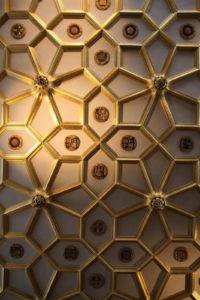
Once Hampton was Henry’s he set about creating a magnificent palace for his mistress and future wife, Anne. Vast sums of money were spent adding even more to the palace than Wolsey had. Unsurprisingly mistress Anne never got to live in the palace as her fall from grace is well documented and at the speed of building back then they were never going to finish in time!! The additions made to the palace were to accommodate everyone that would be needed to rule the land. Privy chambers were added for Henry’s own purpose, a chamber was added for central government and an expansion of the kitchen area to deal with the increase in numbers now living there. The privy chambers that Henry had installed were supplied with running hot and cold water, something so rare back then. Oh, how the times have changed. Henry’s third wife gave him the son he craved and was baptised in the chapel. Jane’s sudden death meant that Henry probably fell out of love with the palace and building works were stopped. The palace then was the scene for the infidelity of Katherine Howard who, like Henry’s second wife, lost her head. Henry’s final marriage ceremony took place here at the palace, and as the saying goes, she did survive.
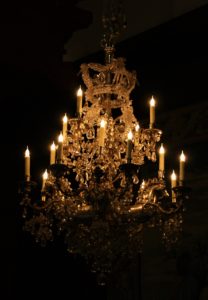
The palace got passed through the hands of Henry’s heirs. Firstly, his son became the owner. He was too young to rule even and, consequently, his lack of years meant he had little impact on the place. His oldest half-sister, more concerned about a false pregnancy and slaughtering many good men and women than beautifying a palace, had a short reign before the other famous Tudor monarchy took over. The golden years of Elizabeth 1st reign had little impact on the palace. She was not fond of it but added more kitchens and a coach house. So, this drew to an end the Tudor dynasty. Its legacy has been far more lasting than it could have imagined.
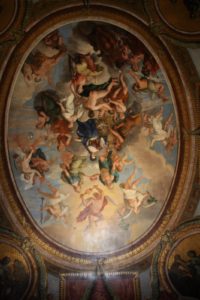
After the terrible Tudor times, there were slight developments during the Stuart period. The next formidable development came under William III, a Dutch man who reigned over England for 12 years at the back end of the 17th century. This is a part of our history of which I know very little but am told that it is highly significant especially as far as the way our country is ruled in 2020. He was around at the time of the French Revolution and there was a very different revolution and outcome across the water. He turned to the famous Sir Christopher Wren to modernise, design and improve the palace. In any walk around the palace his work may be seen. The ceilings are captivating and true arts of work. He was famous for rebuilding London after the great fire. His work was never fully completed as the crown passed through different generations but as you explore the rest of the inside of the palace it’s the work done in this era that makes it start to look like a palace associated with a king. Those incredible angels adorning the ceiling at times give you neck ache as you stare at the work. The Hanoverians were the last generation of the monarchy to live in the palace. It was left to courtiers who were favoured by the kings and queens as apartments to live. The palace was left in decline, but in 1838 the palace was given a new lease of life, its abundant history clearly a fascination for those Victorians. A similar fascination remains today, and the palace is owned by the queen. Queen Victoria opened it to paying visitors, just like it is today. Henry’s history had clearly left its mark even with royalty.
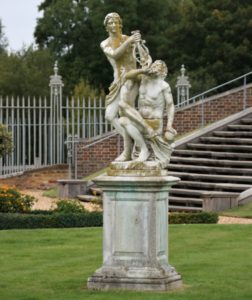
No visit to Hampton Court Palace should be made without seeing the gardens and the grounds. A car show meant that we couldn’t explore half of it, and the cloud and rain meant that our visit wasn’t as enjoyable as it might have been. The pond and privy gardens are immaculately maintained, manicured even, as you would expect – the hefty entrance fee helps to pay for all this work. A walk along the gardens to the edge of the property gives the best view of the palace and one fit for a king. To be fair, the grand designs and façade of the building here makes the building look more like a palace. From this angle the building looks magnificent even in the damp weather. So, as we leave the gardeners to brave the elements and make our way to a much-needed refreshments, we trace our way back through the courtyards. The palace itself is blessed with a number of good viewpoints, but the base court is basic and boring. The fountain court shows off Henry VIII’s private apartments. The best court is the clock court. Its name gives a clue as the to the source of its charm. Henry installed an astronomical clock, now over 500yrs old. It was built to depict the earth orbiting the sun. It also showed tide times which were important for those using the river to travel.
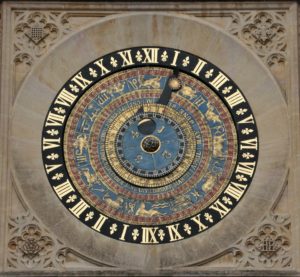
So as the damp and wet weather continues, I leave without the wow factor. There are many finer palaces and houses in this land. Perhaps had the sun shone we would have seen it in a different light. We can’t always be blessed with sunny skies. We left to return home; I was certainly filled with a desire to find out more about the intrigue associated with such a decisive yet divisive character.
Hampton Court, England, United Kingdom

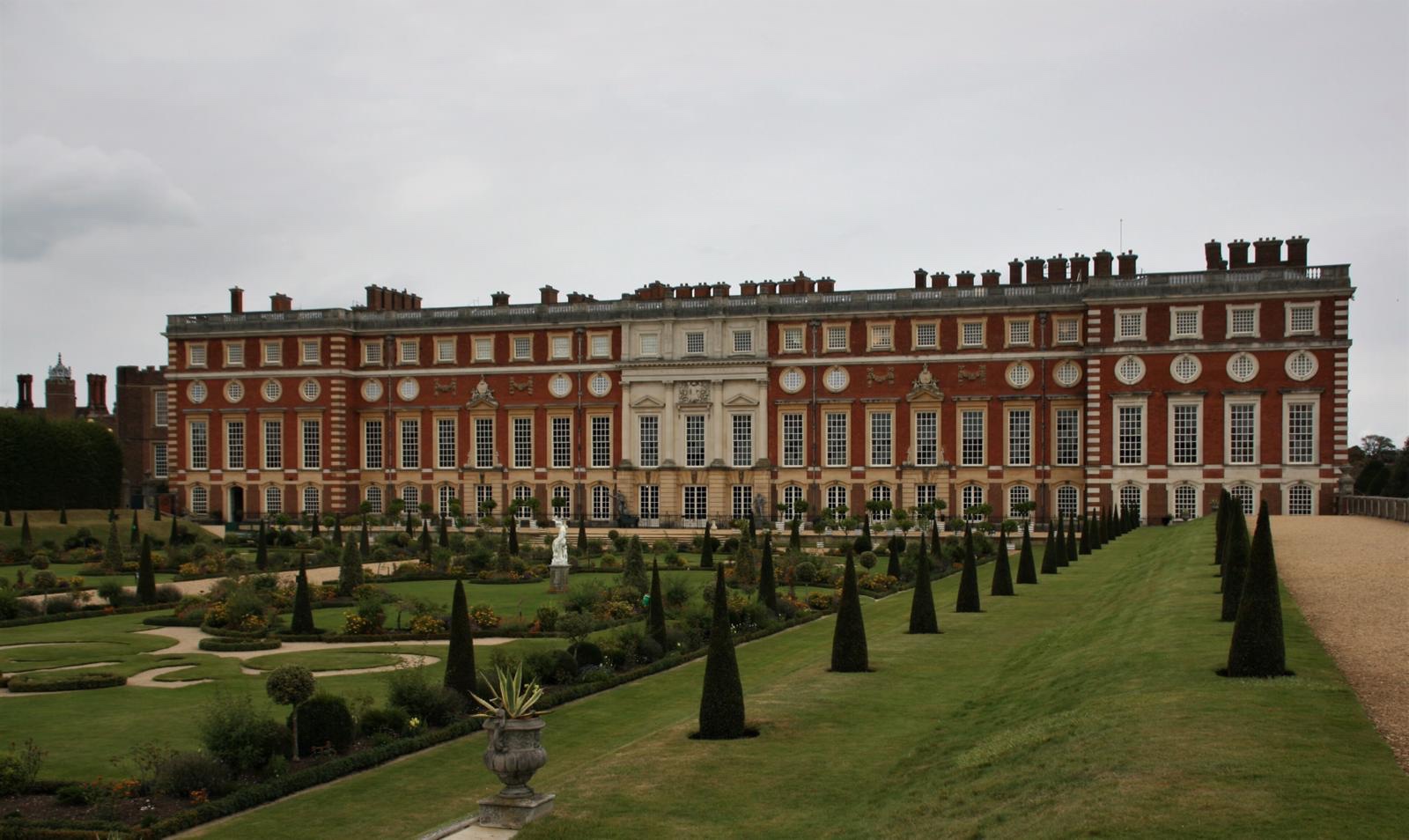
Loving the history and background to Hampton Court you provide here. I loved Hampton Court when I first visited as a child and I’d love to go back. I just need to plan the trip. The Tudors were always my favourite area of history. I’d also recommend Hever Castle which was Anne Boleyn’s home. I remember a family trip there and I’ve always wanted to go back